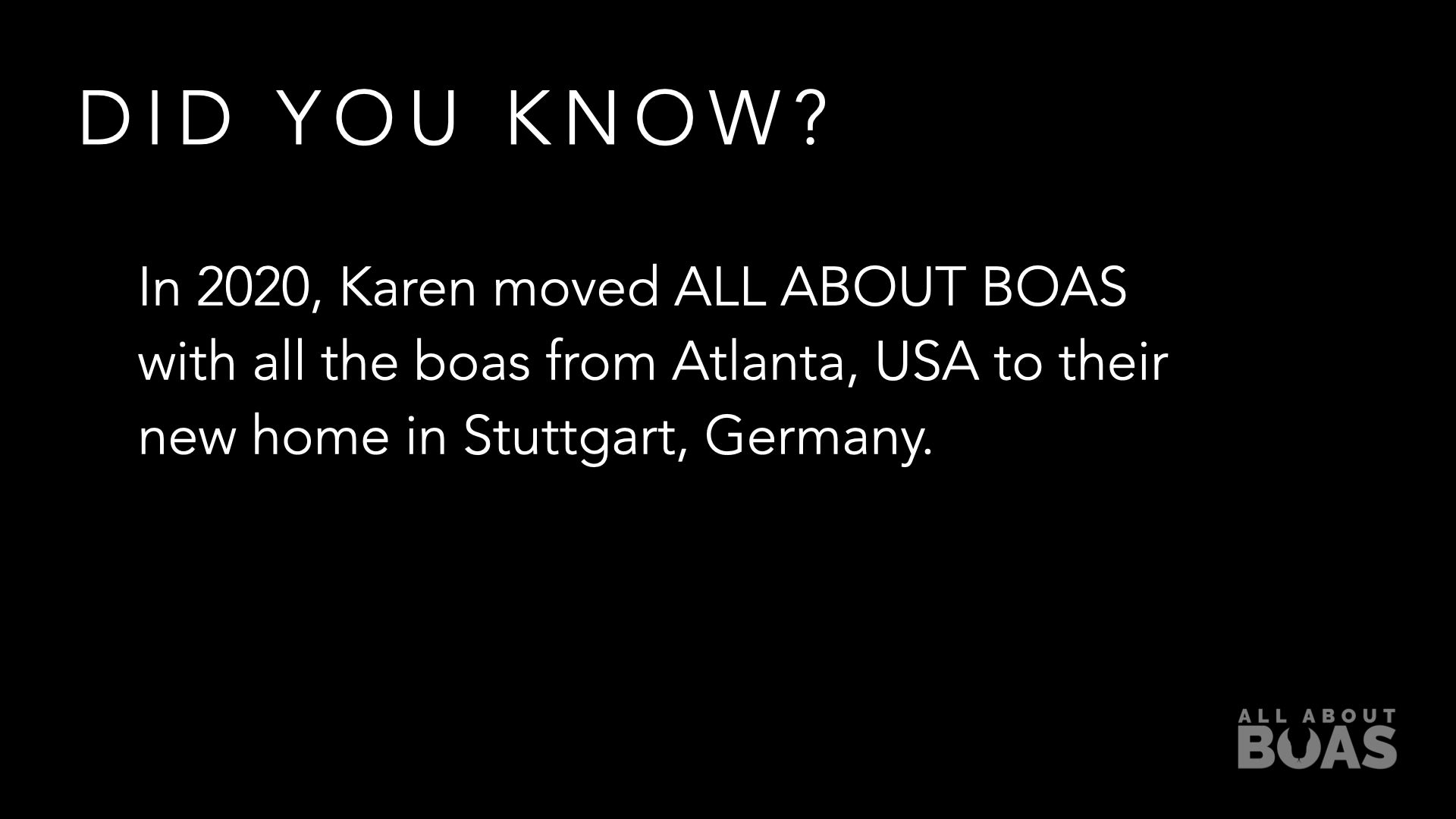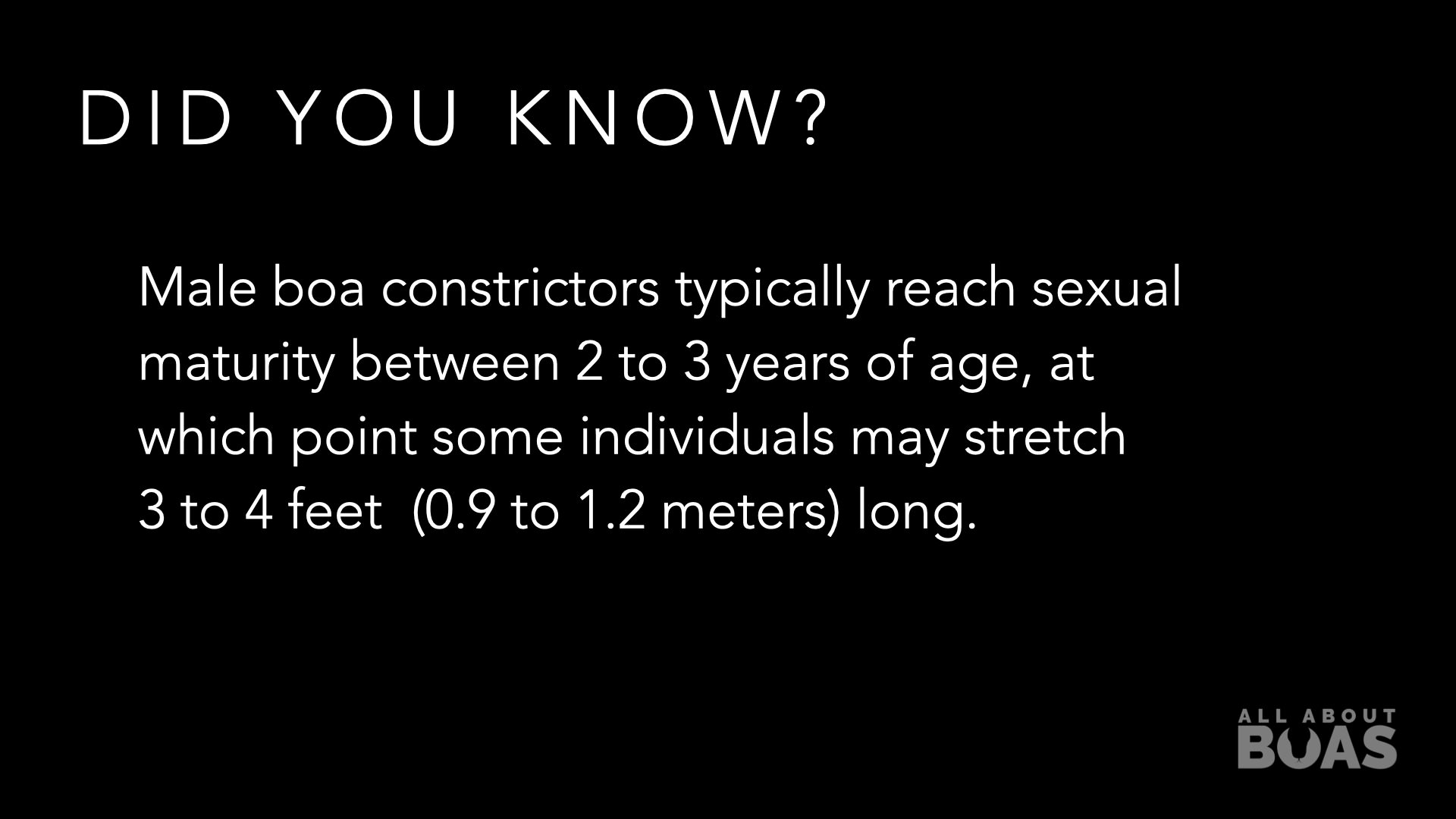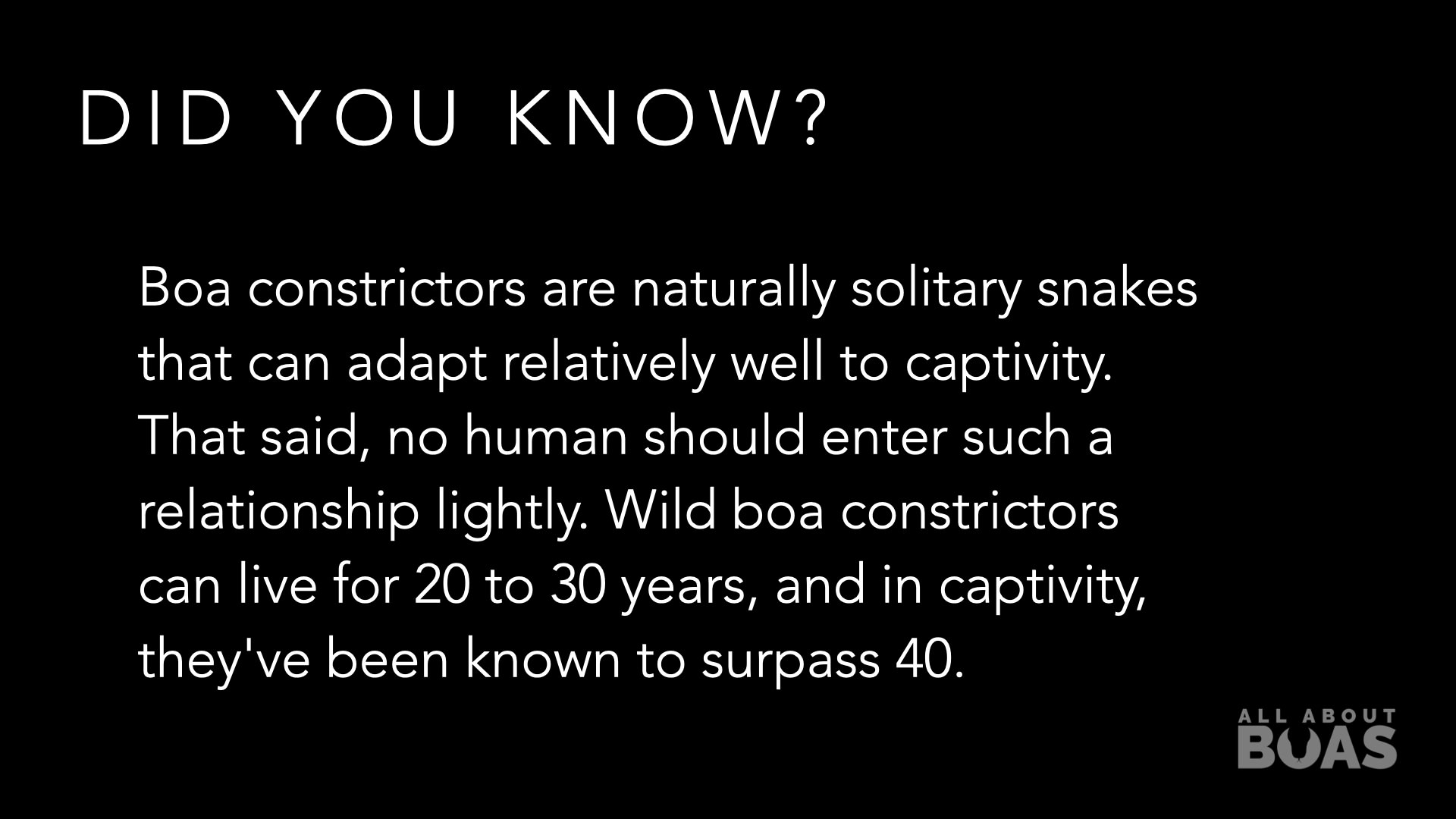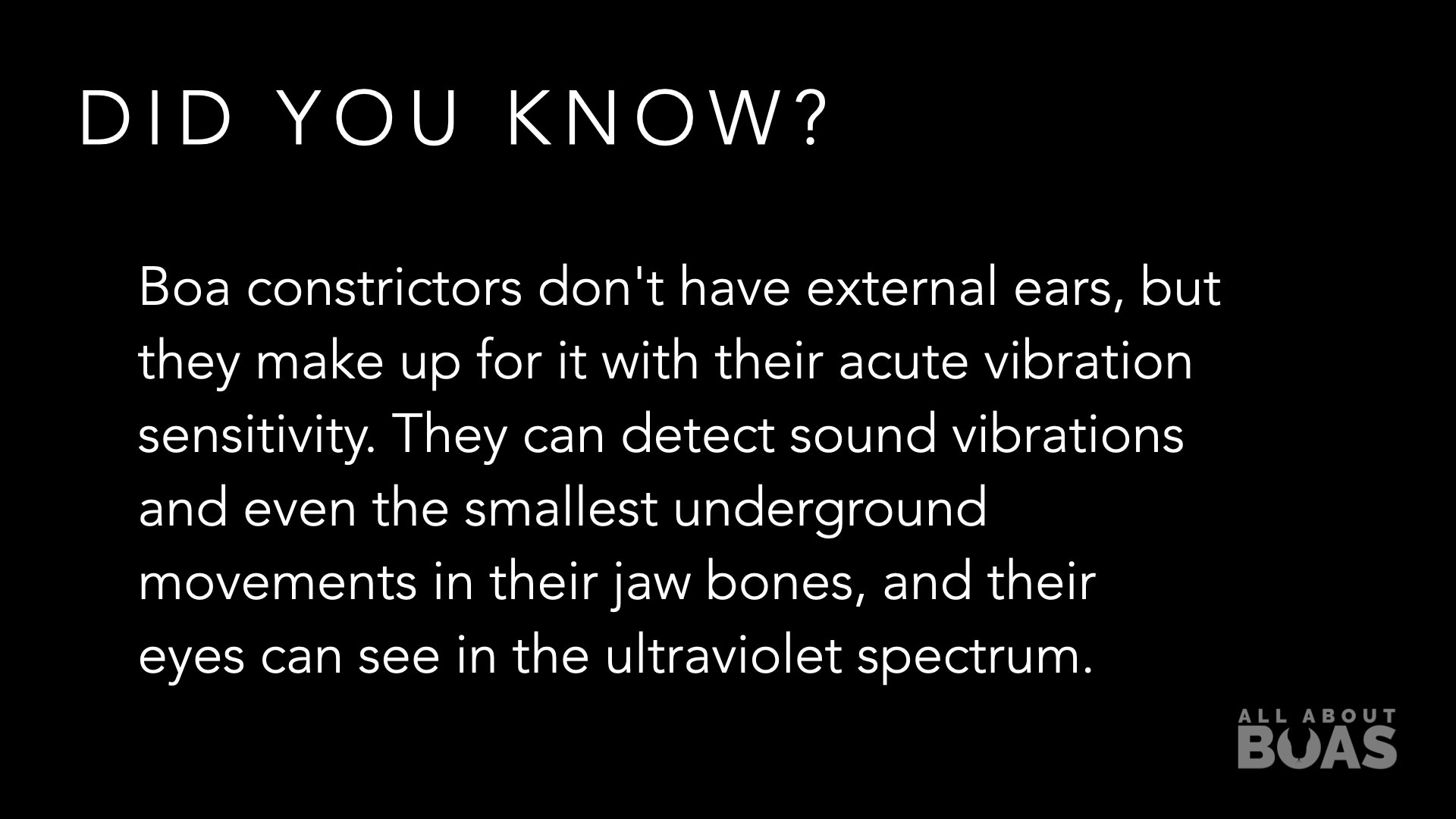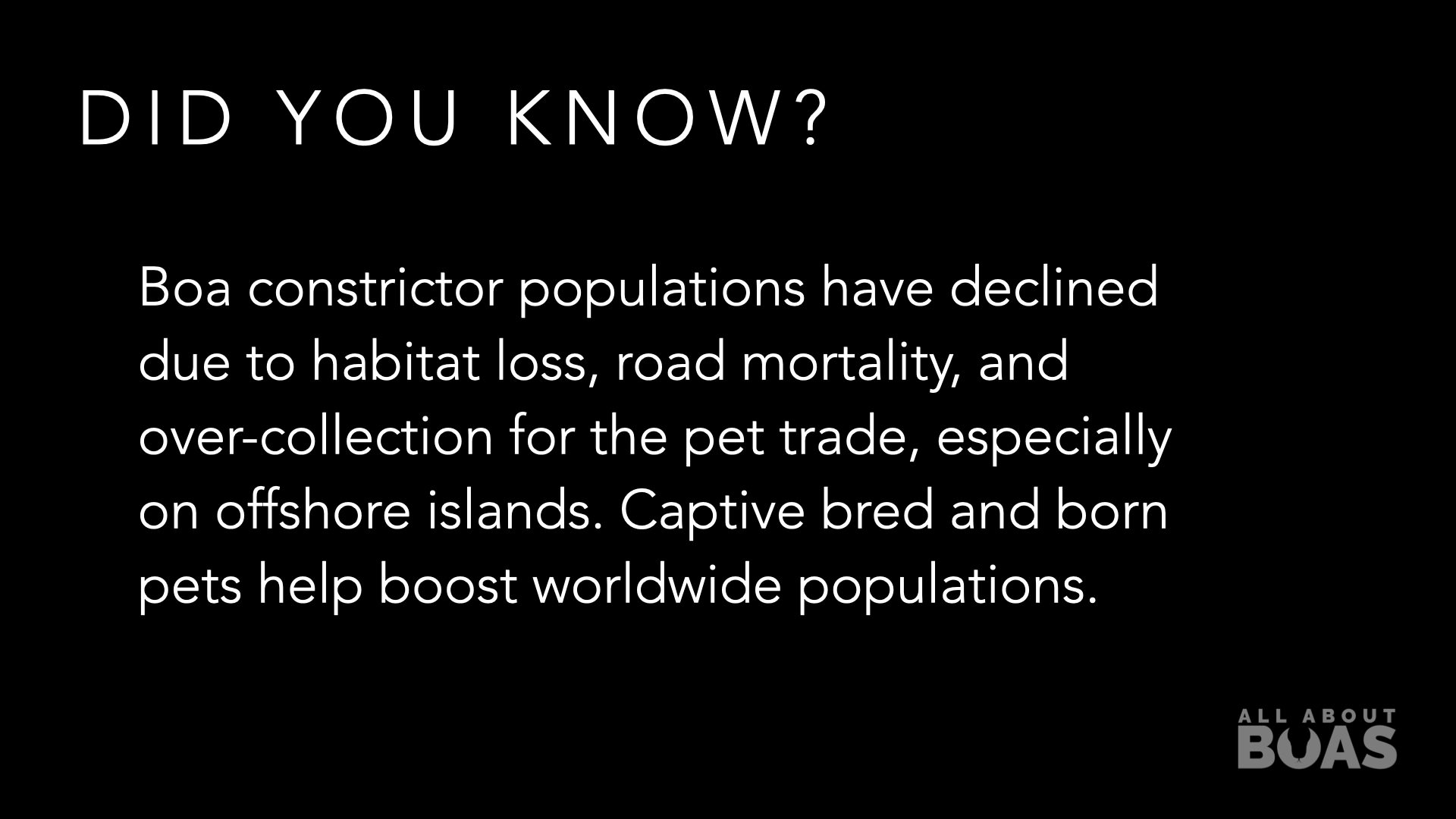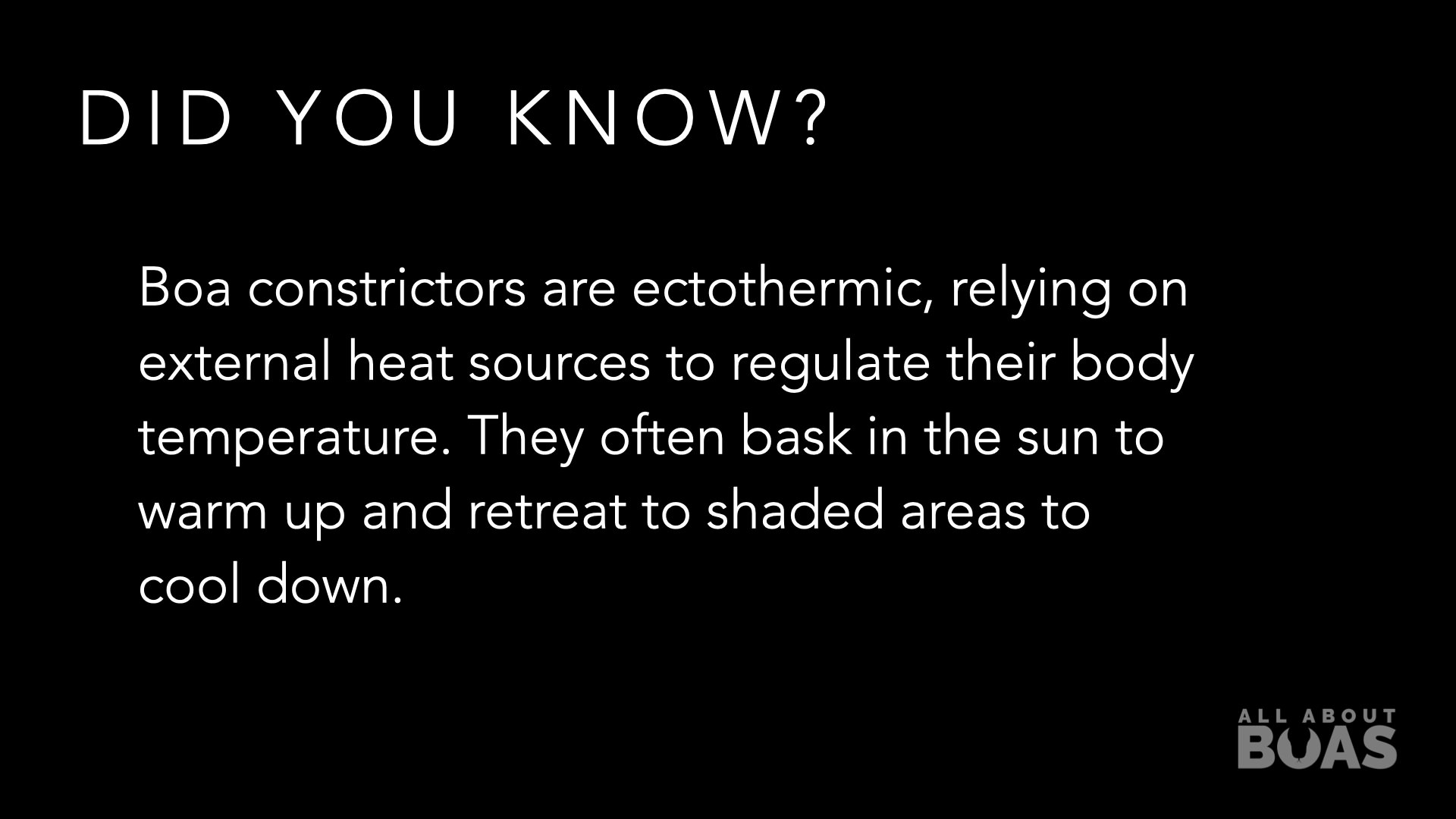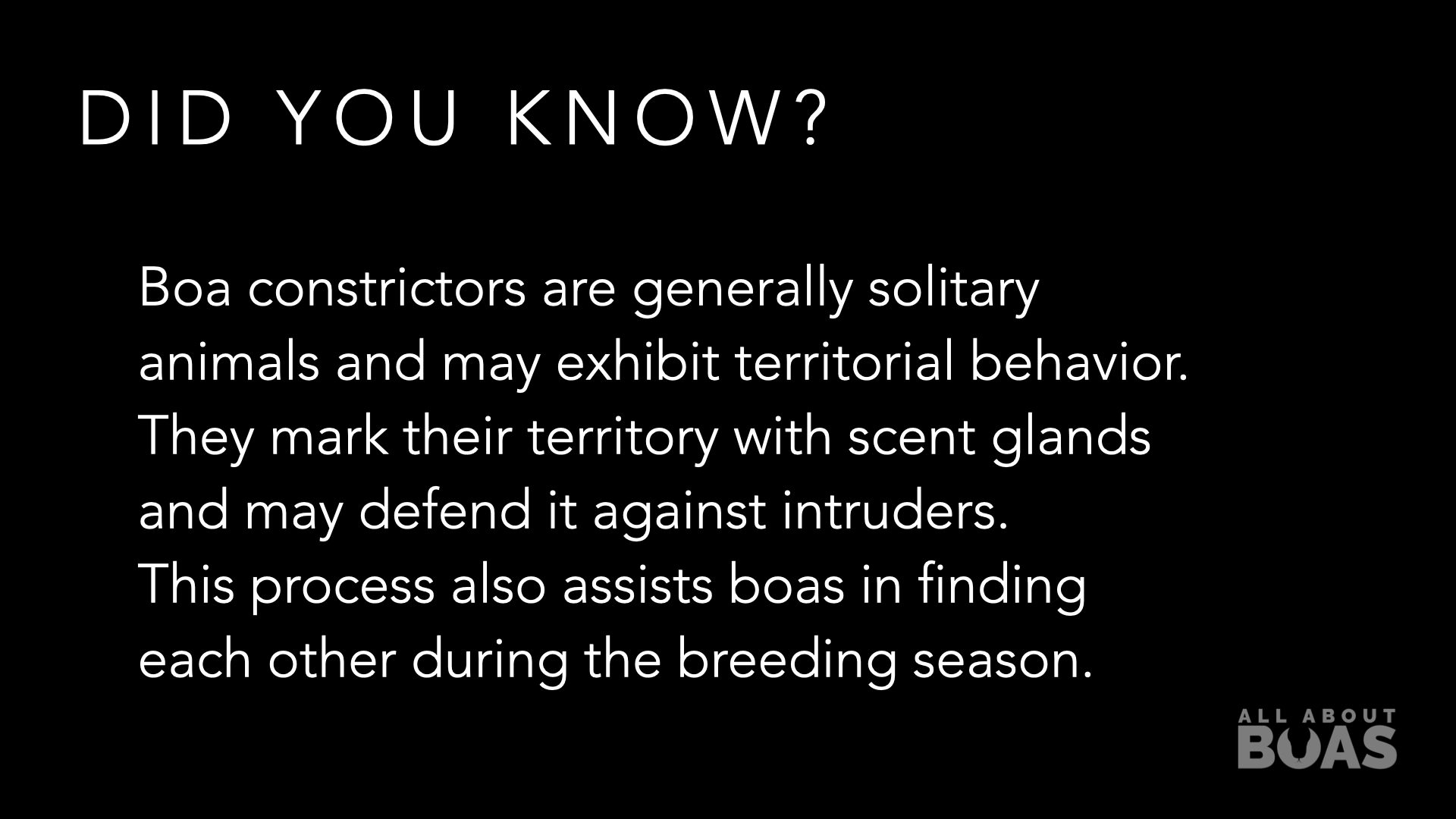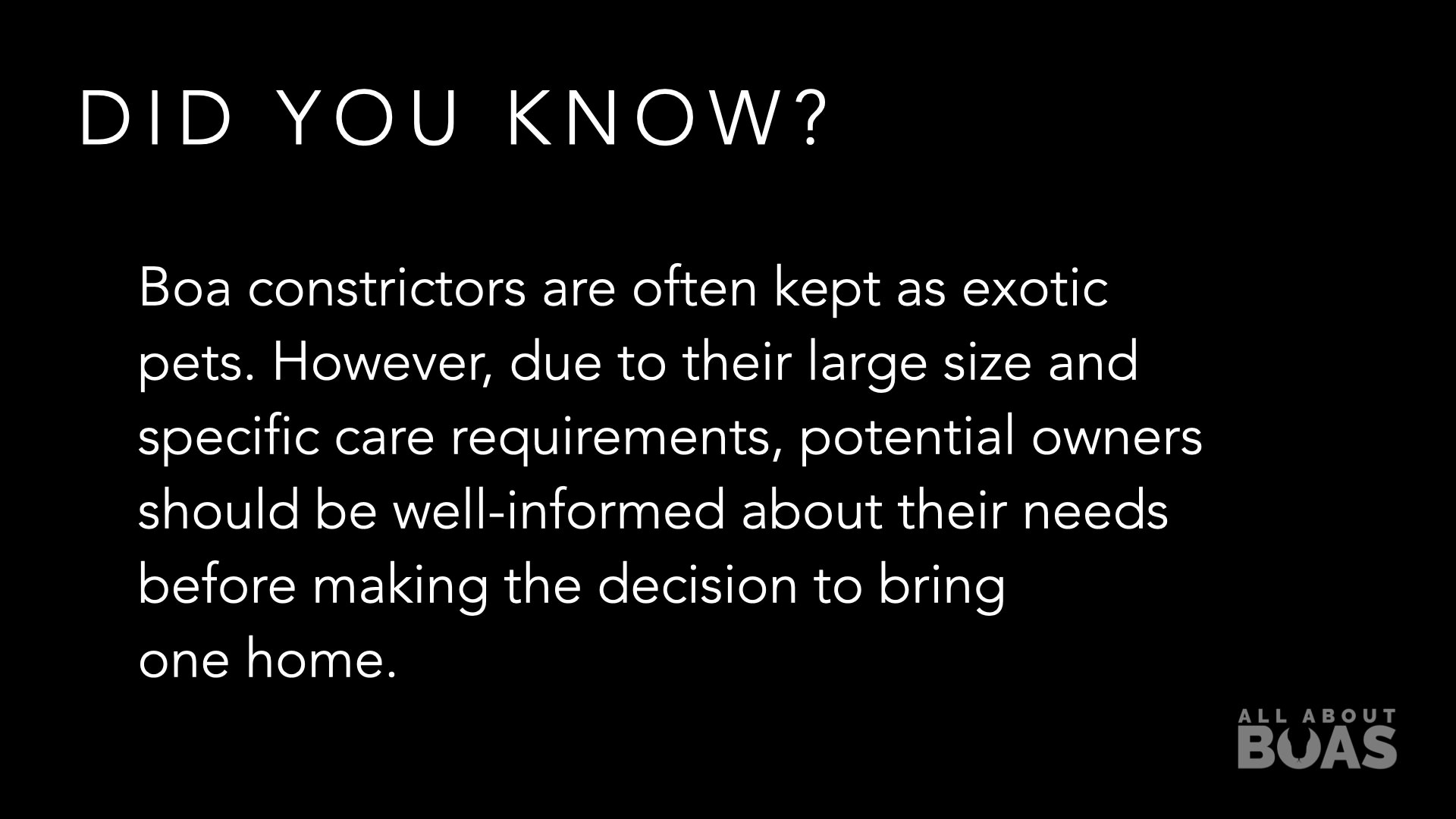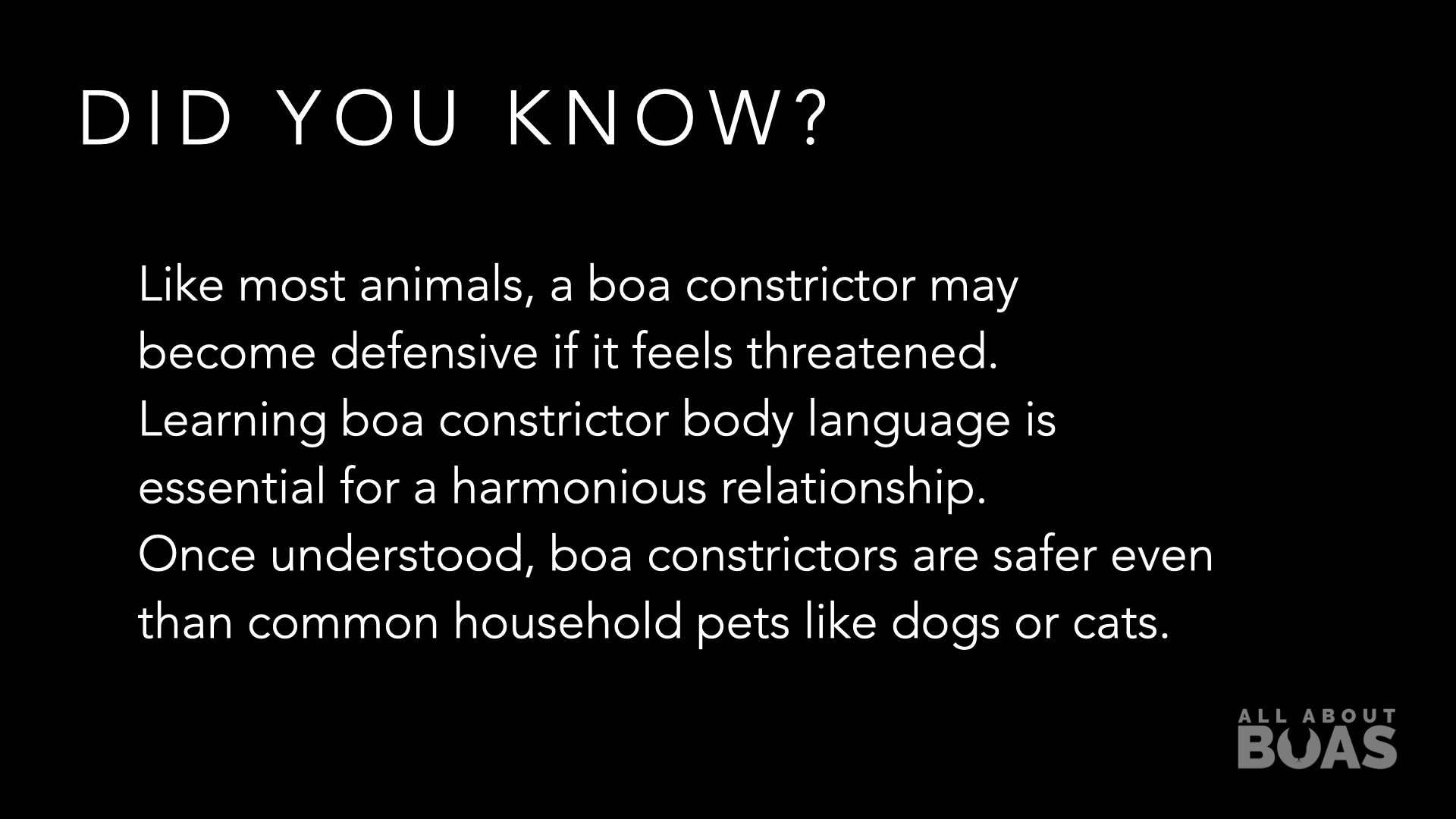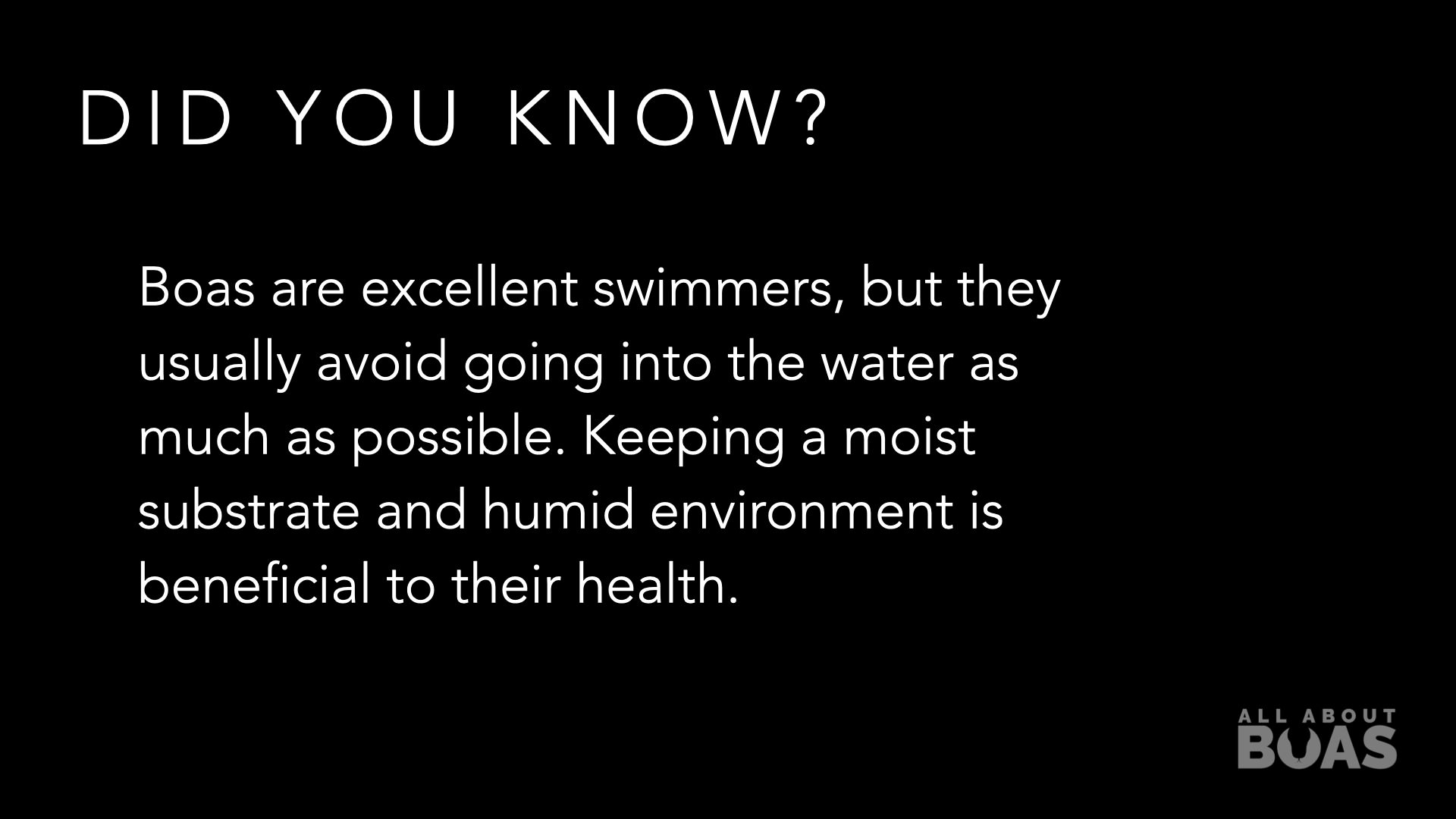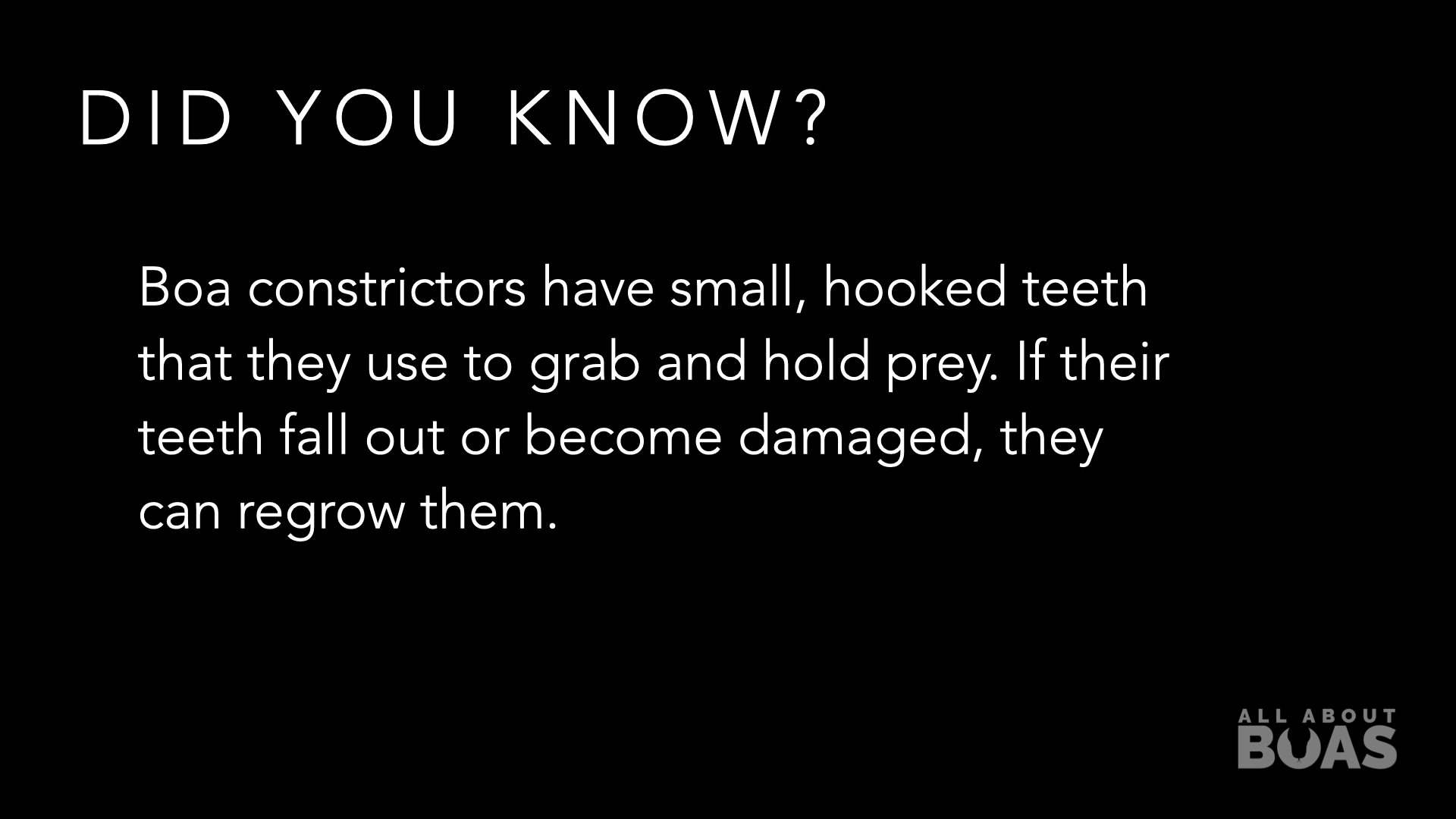Boa constrictors are fascinating and unique creatures that require specific care, especially when it comes to their enclosures. Providing a suitable habitat is not just a matter of comfort; it's crucial for their well-being. International animal protection organizations have established guidelines to ensure these magnificent reptiles are kept in environments that mimic their natural habitat, promoting both physical and psychological health.
Understanding the Basic Requirements:
Boa constrictors need spacious enclosures that allow them to move, climb, and explore. The dimensions of the enclosure are critical to ensuring their comfort and promoting natural behaviors. According to international animal protection organizations like the World Animal Protection and the American Society of Ichthyologists and Herpetologists, the minimum enclosure size for an adult boa constrictor should be:
- Length: At least the length of the snake.
- Width: The enclosure's width should allow the snake to stretch comfortably from one side to the other.
- Height: Boa constrictors are excellent climbers. A vertical space of around one-third to half of the snake's length is recommended to accommodate their climbing instincts.
Creating a Natural Environment:
-
Substrate: Use a substrate such as cypress mulch or coconut coir, providing a natural feel for the snake and aiding in maintaining proper humidity levels.
-
Temperature and Lighting: Boa constrictors require a temperature gradient within the enclosure. Provide a basking spot with a temperature of around 90-95°F (32-35°C) and a cooler area around 78-85°F (25-29°C). Use heat pads, ceramic heat emitters, or heat lamps to maintain these temperatures. Additionally, provide UVB lighting for a natural day-night cycle, promoting healthy behavior and metabolism.
-
Hiding Spots and Climbing Accessories: Incorporate multiple hiding spots using caves or commercially available shelters. Boa constrictors also enjoy climbing, so provide sturdy branches or shelves for them to explore. These structures should be securely placed to prevent accidents.
-
Water Source: Boa constrictors need access to clean, fresh water at all times. Use a large, shallow water dish that the snake can easily enter and soak in.
Regular Maintenance and Observation:
-
Cleaning: Regularly clean and disinfect the enclosure to prevent the growth of harmful bacteria. Remove waste, shed skin, and uneaten food promptly.
-
Health Monitoring: Monitor your boa constrictor for any signs of stress, illness, or abnormal behavior. If you notice any changes, consult a reptile veterinarian promptly.
-
Enrichment: Keep your snake mentally stimulated by varying its environment occasionally. This can include rearranging climbing structures or introducing new hiding spots.
Conclusion:
Providing a suitable enclosure for your boa constrictor is not just a legal obligation but also a moral responsibility. By adhering to the guidelines set forth by international animal protection organizations, you're ensuring that your snake lives a healthy, happy life in captivity. Remember, these guidelines represent the minimum standards; providing additional space and enrichment will contribute to your snake's overall well-being and quality of life. By creating a safe and natural habitat, you're not just a pet owner – you're a responsible caretaker, contributing to the welfare of these incredible animals.




